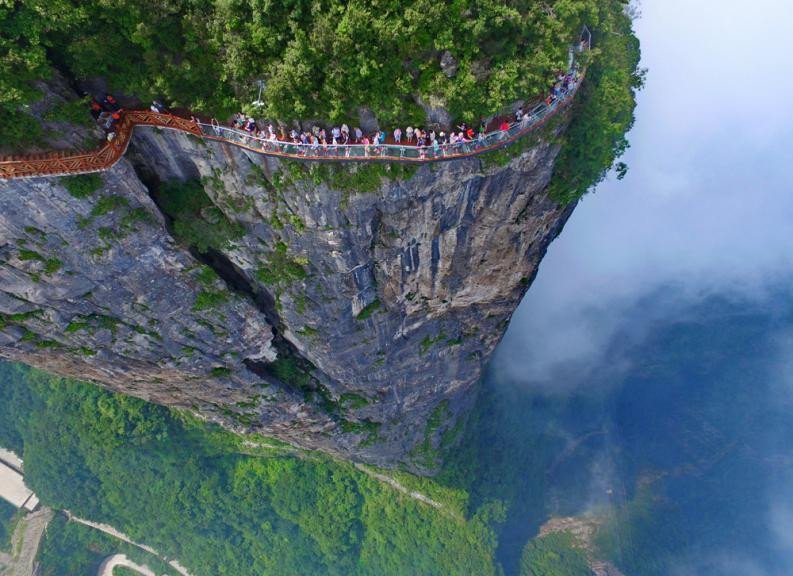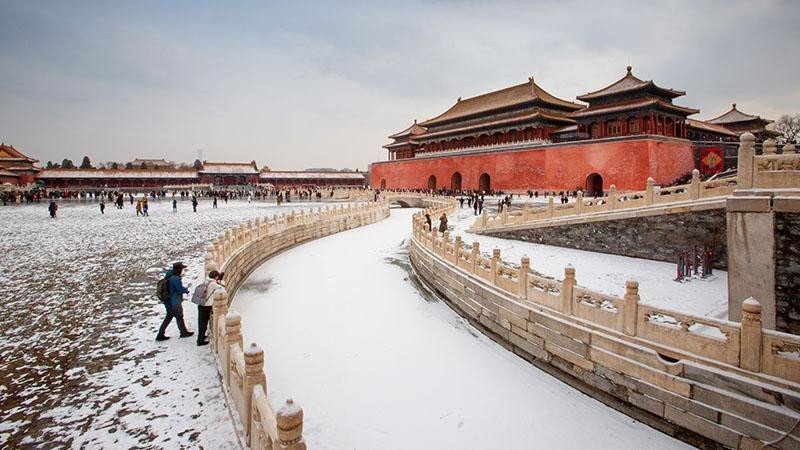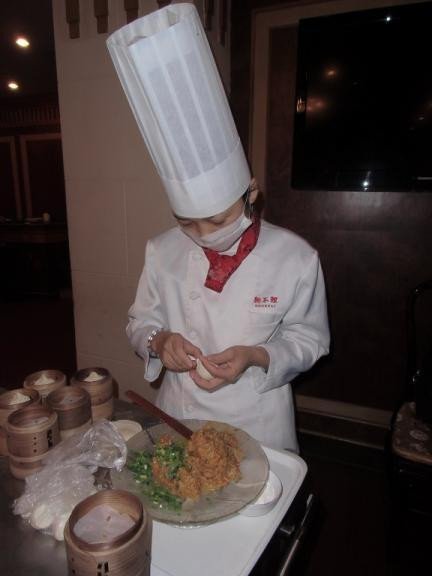The Great Wall of China is a symbol of the splendor of China’s ancient culture and the pride of the Chinese people… The Forbidden City, the palaces of the Chinese emperors, which are structured on a north-south axis aligned with the North Star, consisting of 980 buildings… The historical Suzhou gardens… The Peking Duck…

BADALING GREAT WALL OF CHINA, BEIJING
“A young boy who has not reached the Great Wall of China is not yet a real man.”
The magnificent Great Wall of China reaches the shores of the Bohai Sea in the east and crosses the vast expanses of the Gobi Desert in the west. It crosses grasslands and deserts, approaches the Yellow River, crosses high mountains, stretches for 10 thousand li (5 thousand kilometers), and leaps into the vast lands of China like a rising dragon… The Great Wall of China is a symbol of the splendor of China’s ancient culture and the pride of the Chinese people.
The Badaling Great Wall of China is furnished with thousands of years of historical heritage. The Great Wall Badaling, a place where all commanders have struggled since ancient times, has new historical tasks these days. It runs between high mountains, challenges deep oceans, overcomes time and space, and serves as a bridge of friendship for all people of the world. The seeds of friendship are planted here. Peace songs are sung here.

THE FORBIDDEN CITY, BEIJING
The Forbidden City (also known as Zijin Cheng) is a 72-hectare (178-acre) palace complex in Beijing that was used by the Chinese emperors between 1436 and 1911.
The complex consists of approximately 980 buildings, mostly in yellow and red, surrounded by a 10-meter-high wall and a 52-meter-wide moat. The city is structured on a north-south axis aligned with the pole star to emphasize the emperor’s position as the son of heaven. “The entire palace complex is built along a central axis, which is the axis of the world.” In a 2008 BBC/History Channel documentary, Sydney University Professor Jeffrey Riegel said, “Everything on all four sides is supported by this central point of palaces.”

HUANGSHAN MOUNTAIN, ANHUI PROVINCE
Known as “China’s most beautiful mountain,” Huangshan Mountain has been the subject of art and literature throughout Chinese history. Famous for its magnificent landscape of granite peaks and cliffs emerging from a sea of clouds, the area continues to be the passion of poets, painters and photographers today (Source: UNESCO).

ZHANGJIAJIE, HUNAN PROVINCE
Located in the northwest of China’s Hunan Province, Zhangjiajie has developed as a tourist city since 1988 thanks to its rich tourism resources. The city has six “shining business cards”: the world natural heritage, one of the world’s first geoparks, the “Zhangjiajie Earth Formation,” China’s first national forest park, the national 5A scenic area and the national civilization scenic area.

SUZHOU CLASSICAL GARDENS
Classical Chinese garden design, which attempts to recreate natural landscapes in miniature, is nowhere better illustrated than in the nine gardens in the historic city of Suzhou. They are generally considered masterpieces of the art. The gardens, dating from the 11th to the 19th century, reflect the profound metaphysical significance of nature in Chinese culture through their meticulous designs (Source: UNESCO).
Suzhou Kunqu Opera actors performed “A Garden Dream” from the Kunqu Opera at Liuyuan Garden in Suzhou on April 6, 2019.
On April 16, 2018, tourists visited Zhuozheng Garden in Suzhou, where the maple leaves are red. In spring, the leaves always bloom green, but in Zhuozheng Garden, one of the Suzhou classical gardens, the maple leaves are red and very beautiful. It is a unique sight in spring and attracts many Chinese and foreign visitors.
As the temperature drops, the leaves in Zhuozheng Garden gradually change color. Colorful leaves present a beautiful winter scenery that intoxicates Chinese and foreign visitors.
When it snows in the ancient city of Suzhou, the scenery in Zhuozheng Garden is charming and beautiful, attracting many Chinese and foreign visitors who want to enjoy the snow scenery.
With the sunshine of the ancient city of Suzhou, the plum blossoms in Zhuozheng Garden are fully opened, allowing visitors to the garden to feel the early spring atmosphere south of the Yangtze River.

ROASTED BEIJING DUCK
Roasted Peking Duck is a very valuable delicacy in the culinary culture of the Chinese capital.
SICHUAN HOT POT
Sichuan Hot Pot is a very popular dish in China and the West today. Those who eat this dish feel a “dancing sensation” on the tip of their tongue.
GOUBULI (CHINESE DUMPLINGS) CHICKEN ON A SAC, XINJIANG
Roasted Chicken is a chicken stew made with potatoes, peppers and thickly cut Chinese noodles. There is no secret recipe or rare ingredient that makes this dish special. All that’s needed is a large sheet pan and lots of chicken and noodles.
This article has been retrieved from Aydinlik Newspaper website.
Source





